Smoothies are one of my favorite things to make. They can be made for breakfast, lunch, or dinner, and they’re great for a pre-workout boost or post-workout to help my muscles recover.
They’re also super easy to make—you can whip most of them up in a minute or two.
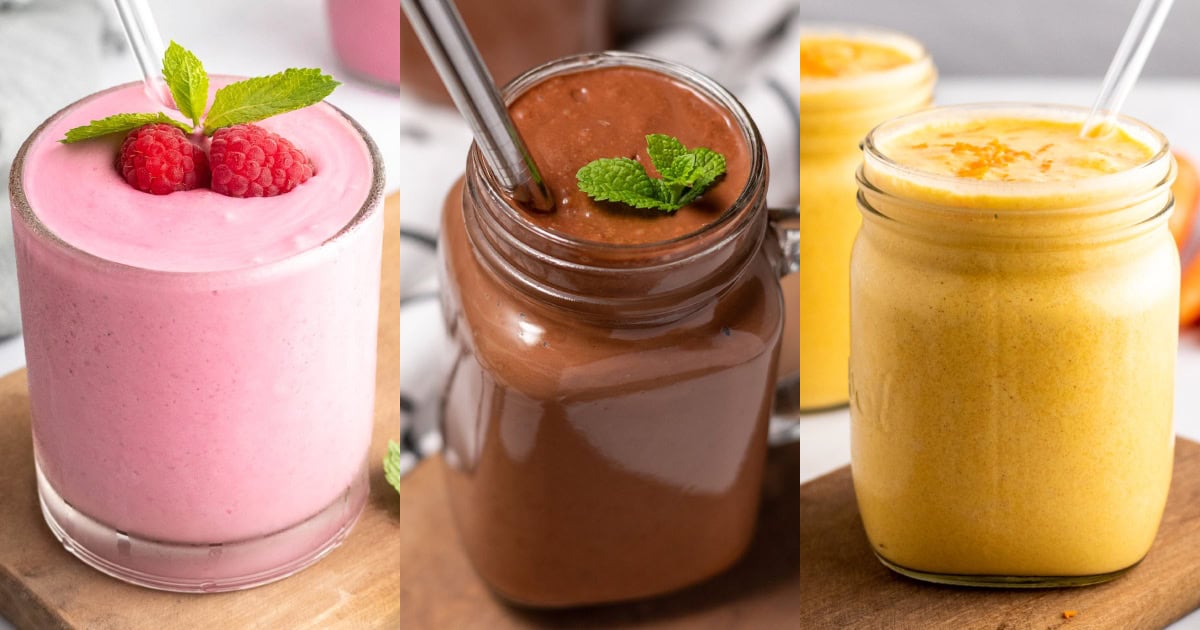
What is a diabetes-friendly smoothie?
This list of diabetes-friendly smoothies includes delicious, easy recipes that are low in carbs and don’t have any added sugar. Bonus points if they pack in some protein and are a good source of fiber.
I made sure that the low-carb smoothie recipes you’ll find here have:
- less than 20 grams of carbs per serving (mostly from low-glycemic carbs like berries and low-carb vegetables)
- protein (from 5 to 36 grams per serving!)
- healthy fat (to keep you feeling full)
These guidelines should help you blend a smoothie that doesn’t give you a blood sugar spike after drinking it!
Diabetes-Friendly Smoothies and Protein Shakes
Whether you like your smoothies rich and creamy, like a delicious dessert, or fruity and cool for a warmer day, I have put together a list of low-carb and diabetes-friendly smoothies for you to enjoy.
Two powerhouse ingredients, coconut milk and tofu, give it an irresistible creaminess along with plenty of protein and healthy fats.
Top it off with raspberries, mint leaves, a little low-carb sweetener, and some vanilla, and you have yourself a super refreshing treat.
Calories: 135
Carbs: 13 grams
Fat: 6 grams
Protein: 10 grams
Kale, cucumber, and celery combine with delicious healthy fats like avocado and peanut butter to make this a nutritional powerhouse!
Calories: 141
Carbs: 9 grams
Fat: 11 grams
Protein: 4 grams
Looking for a light and tasty low-calorie treat? This low-carb watermelon smoothie with mint and lime only takes minutes to prep and is so refreshing!
Calories: 33
Carbs: 7 grams
Fat: 1 grams
Protein: 1 grams
This easy smoothie with coconut milk is rich, creamy, and has a killer combination of healthy, delicious ingredients! It’s also gluten-free and vegan.
Calories: 299
Carbs: 11 grams
Fat: 30 grams
Protein: 5 grams
This high-protein shake tastes like a mix between a coffee protein shake and a decadent chocolate dessert.
Calories: 121
Carbs: 6 grams
Fat: 1 grams
Protein: 22 grams
This smoothie is a great way to energize your day with protein from Greek yogurt, healthy fats from nut butter, and a boost of vitamins and minerals from carrots.
Calories: 134
Carbs: 1 grams
Fat: 8 grams
Protein: 7 grams
This delicious matcha smoothie is low-carb, vegan friendly, and so easy to whip up! Great for an energizing breakfast or afternoon pick-me-up.
Calories: 286
Carbs: 7 grams
Fat: 25 grams
Protein: 4 grams
This delicious spinach smoothie is made with nut butter, yogurt, and avocado for extra creaminess. It’s a great way to add some leafy greens to your morning!
Calories: 236
Carbs: 11 grams
Fat: 16 grams
Protein: 11 grams
Tofu, almond butter, and almond milk create the perfect creamy base, while strawberries and vanilla extract add fruity sweetness. A hint of lemon juice balances the flavor perfectly.
Calories: 241
Carbs: 12 grams
Fat: 17 grams
Protein: 17 grams
This easy vegan smoothie is rich, creamy, and full of antioxidants! Enjoy it as a delicious breakfast, afternoon snack, or post-workout cool-down.
Calories: 402
Carbs: 9 grams
Fat: 33 grams
Protein: 15 grams
This is a great way to add healthy fats to your day in the form of a delicious, creamy smoothie! Plus, it’s ready in 5 minutes and only uses six ingredients.
Calories: 407
Carbs: 5 grams
Fat: 41 grams
Protein: 3 grams
Looking for a sweet, fruity beverage with almost no calories to enjoy on a hot day? Pour a glass of low-sugar strawberry agua fresca for a tasty and refreshing treat!
Calories: 16
Carbs: 4 grams
Fat: 1 grams
Protein: 1 grams
This low-carb green smoothie is an excellent source of protein and healthy fats! Almond butter and avocado make it super creamy, while spinach adds a boost of nutrients.
Calories: 185
Carbs: 7 grams
Fat: 11 grams
Protein: 16 grams
This low-carb smoothie bowl with fresh strawberries is a delicious, creamy treat that’s ready in just 5 minutes! It’s great for a healthy breakfast or as a sweet afternoon snack.
Calories: 166
Carbs: 4 grams
Fat: 9 grams
Protein: 18 grams
This smoothie is not sweet. Instead, it’s creamy, cool, and tangy, thanks to the avocado, mint, and lemon. Plus, each glass contains a healthy serving of greens.
Calories: 186
Carbs: 12 grams
Fat: 15 grams
Protein: 4 grams
This apple cider vinegar soda has a wonderfully tart flavor with pleasant hints of vanilla and almond for a delicious, healthy alternative to soda!
Calories: 3
Carbs: 0 grams
Fat: 0 grams
Protein: 0 grams
Why buy a pre-made protein smoothie or shake when you can make one that’s ten times as tasty right at home? Especially when it takes less than 5 minutes and only four simple ingredients to make!
Calories: 195
Carbs: 18 grams
Fat: 4 grams
Protein: 25 grams
Looking for a refreshing drink that isn’t packed with sugar? This sugar-free lemonade with thyme is easy to make and has an irresistible flavor you can enjoy all summer!
Calories: 18
Carbs: 6 grams
Fat: 0 grams
Protein: 0 grams
Creating your own low-carb smoothie recipe
Crafting a diabetes-friendly smoothie is easy if you include nutritious and tasty ingredients that will keep you full without leading to a glucose spike.
Protein
Protein has minimal impact on blood glucose and slows the rate at which glucose enters the bloodstream, which can help prevent blood sugar spikes after drinking a smoothie.
You can add protein to your smoothie by using ingredients such as:
- Nuts and seeds add both protein and healthy fat. A little goes a long way, as nuts and seeds are generally very high in calories.
- Greek yogurt and other high-protein dairy products are excellent bases for a healthy smoothie. Just choose plain versions to avoid added sugar.
- Tofu may seem like a strange ingredient in a smoothie, but it’s high in protein and has almost no flavor of its own, making it an excellent addition.
- Egg whites can be blended to create “foam, ” making the smoothie or protein shake light and airy. Always use pasteurized egg whites.
- Unflavored Protein powder can be added to any smoothie to increase the protein content.
Healthy fat
Dietary fat is even more effective than protein at slowing down the absorption of food in the stomach and intestines and, therefore, preventing blood glucose spikes.
Good sources of healthy fat include:
- Avocado is a good source of both healthy fat and fiber (and it’s delicious).
- Coconut milk or coconut cream can be added for extra creaminess.
- Full-fat dairy products. I typically use Greek yogurt.
- Seeds, nuts, and nut butter. A tablespoon or two is enough.
Fiber
Soluble fiber dissolves in water and forms a gel-like substance in your stomach, slowing down digestion. This helps you feel full for longer and helps control your blood sugar and cholesterol.
You can add fiber to your smoothie by using:
- Leafy greens like kale and spinach are high in fiber. I prefer the “baby” versions, as they are more tender and blend to a smoother consistency.
- Seeds like chia, hemp, flax, and pumpkin are excellent sources of fiber. When you read the nutritional label, they may look like high-carb foods, but the carbs are all fiber, so they don’t spike your blood sugar.
- Fruits and berries can be high in fiber, but you need to look up their nutritional info. Avocados, bananas, apples, and all types of berries are rich in fiber, while melons, oranges, and apricots aren’t.
Sweeteners
I prefer to get the sweetness from the smoothie’s natural ingredients, but sometimes, that’s not possible, and you have to add a sweetener.
My go-to sweetener is Stevia. I explain why in my article The Best Sweeteners for People with Diabetes.
More diabetes-friendly recipe roundups
I hope you will enjoy these healthy, low-carb smoothie recipes as much as I do. If you want more healthy, diabetes-friendly recipes, take a look at these roundups:

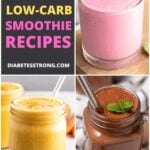
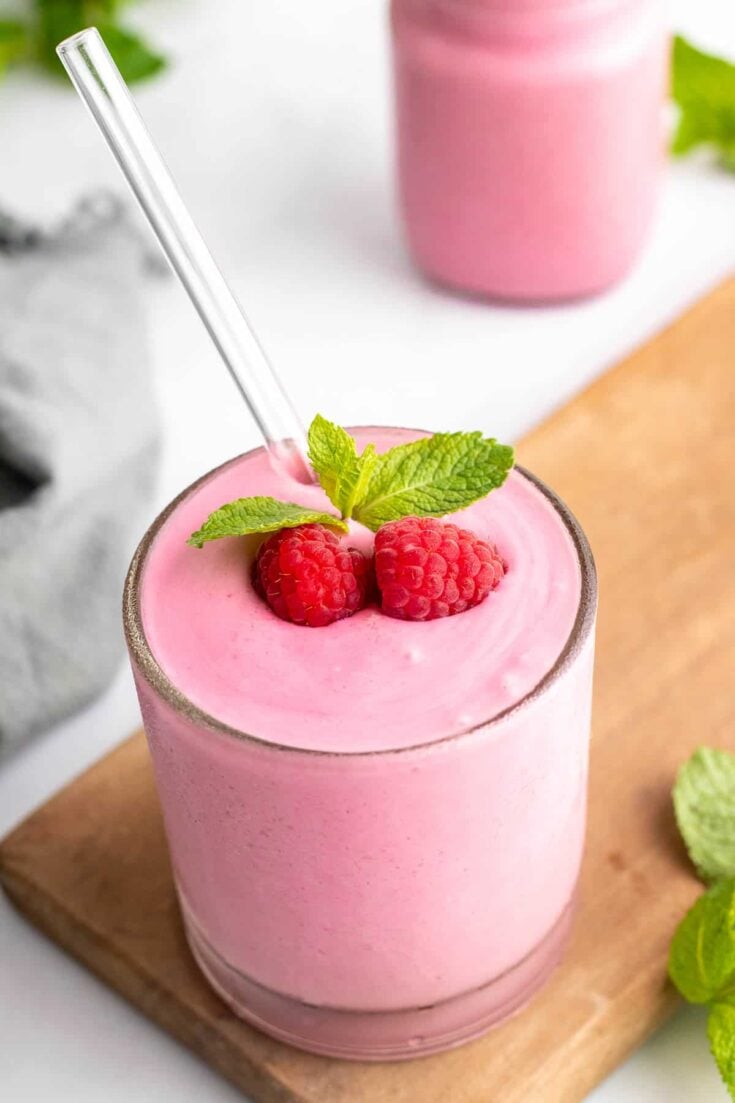
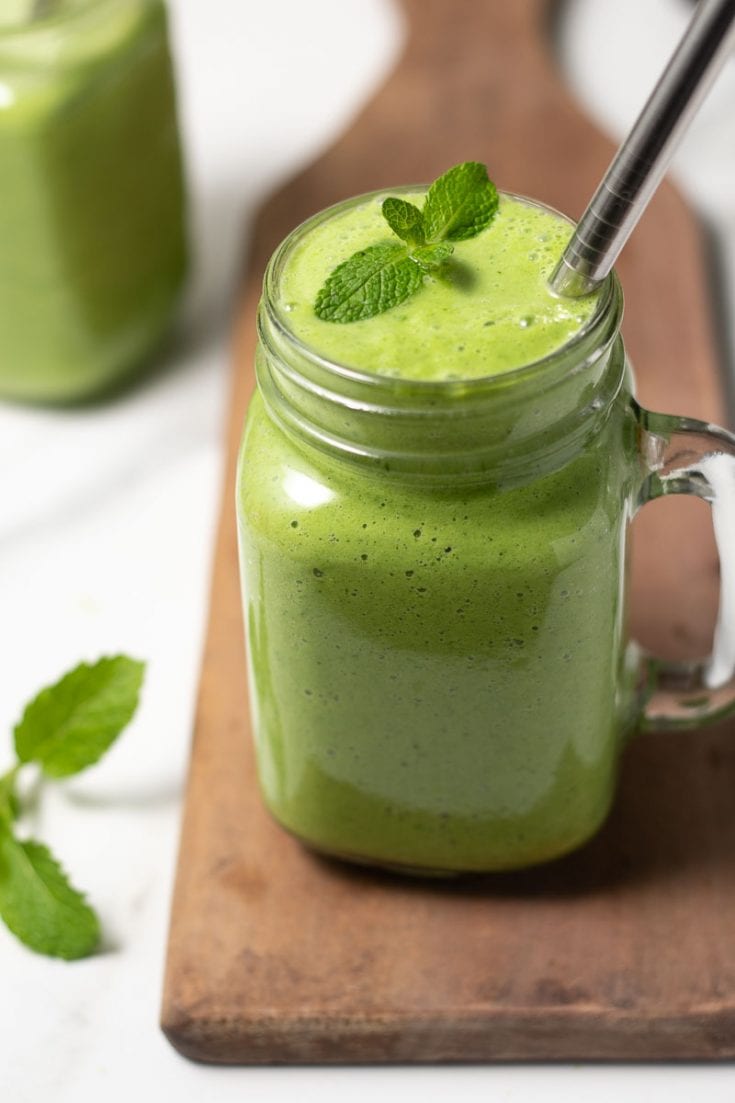
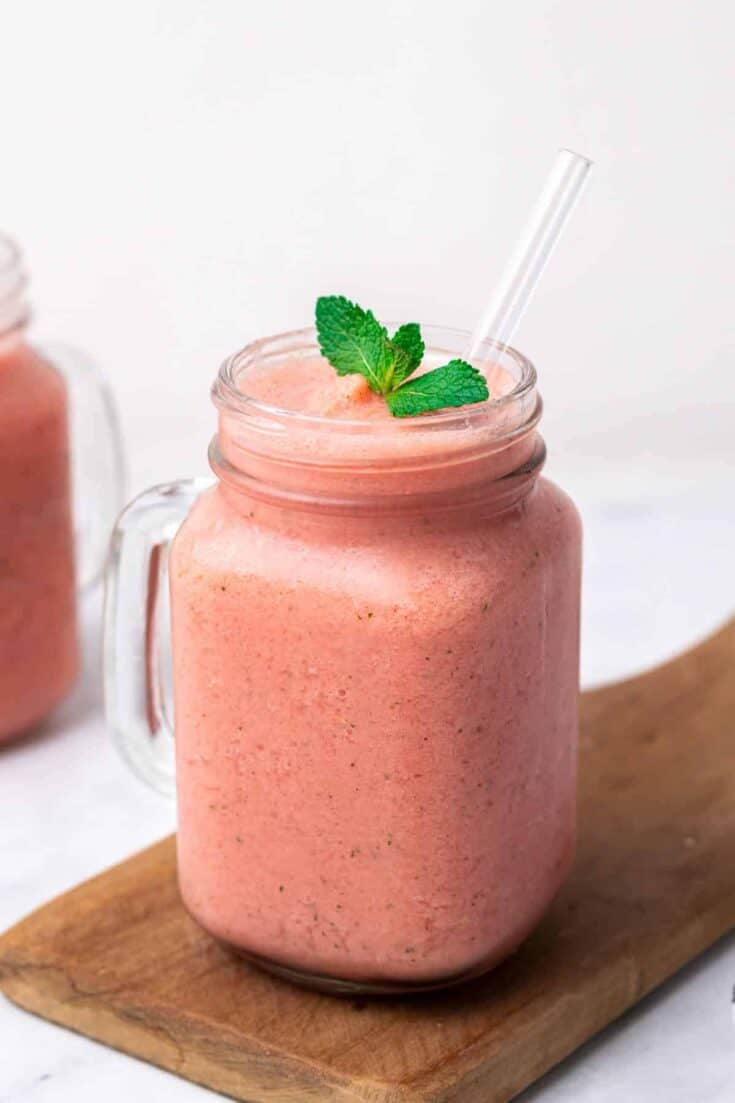
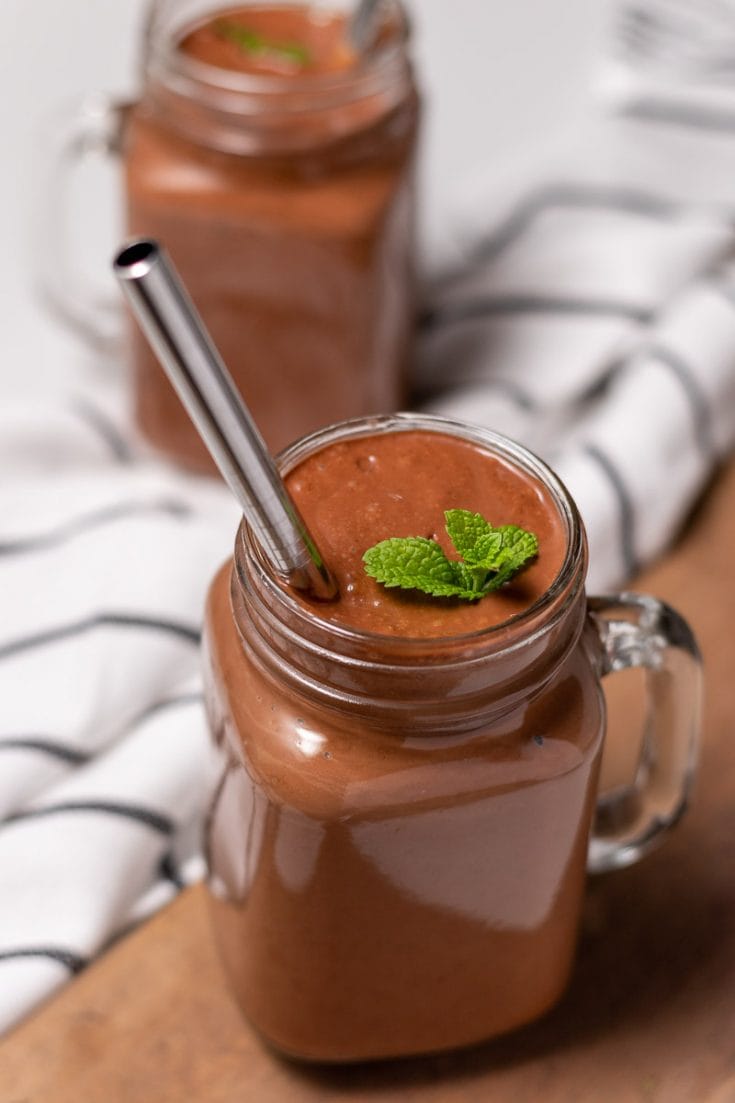
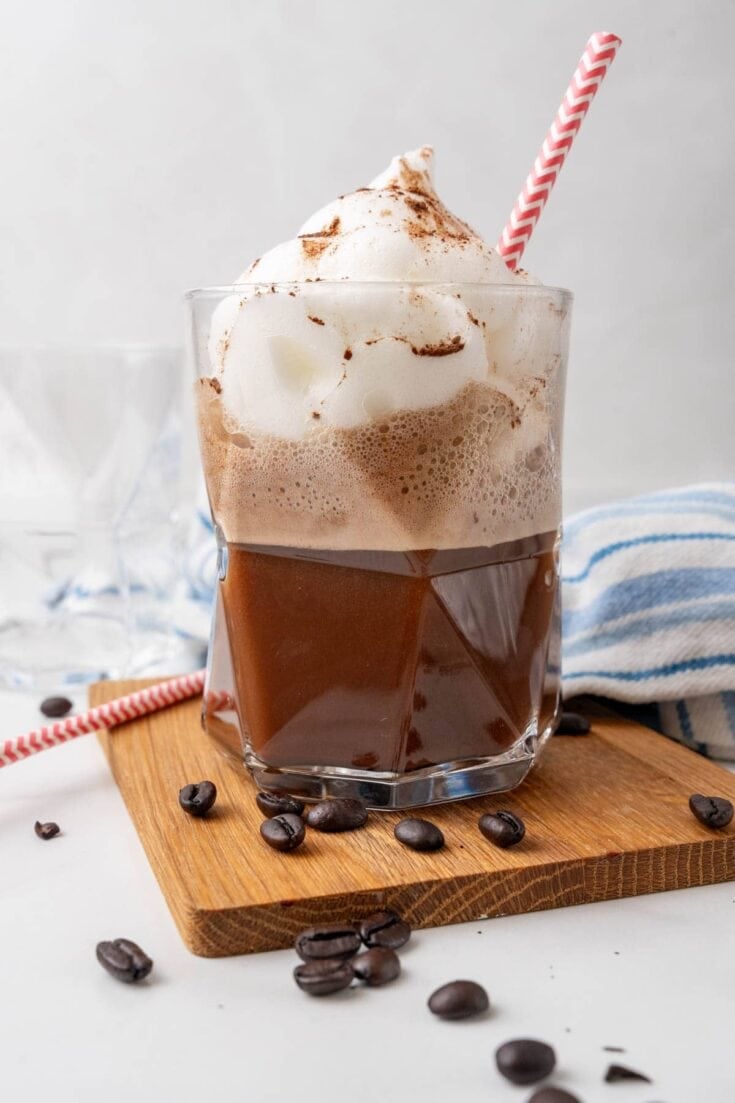
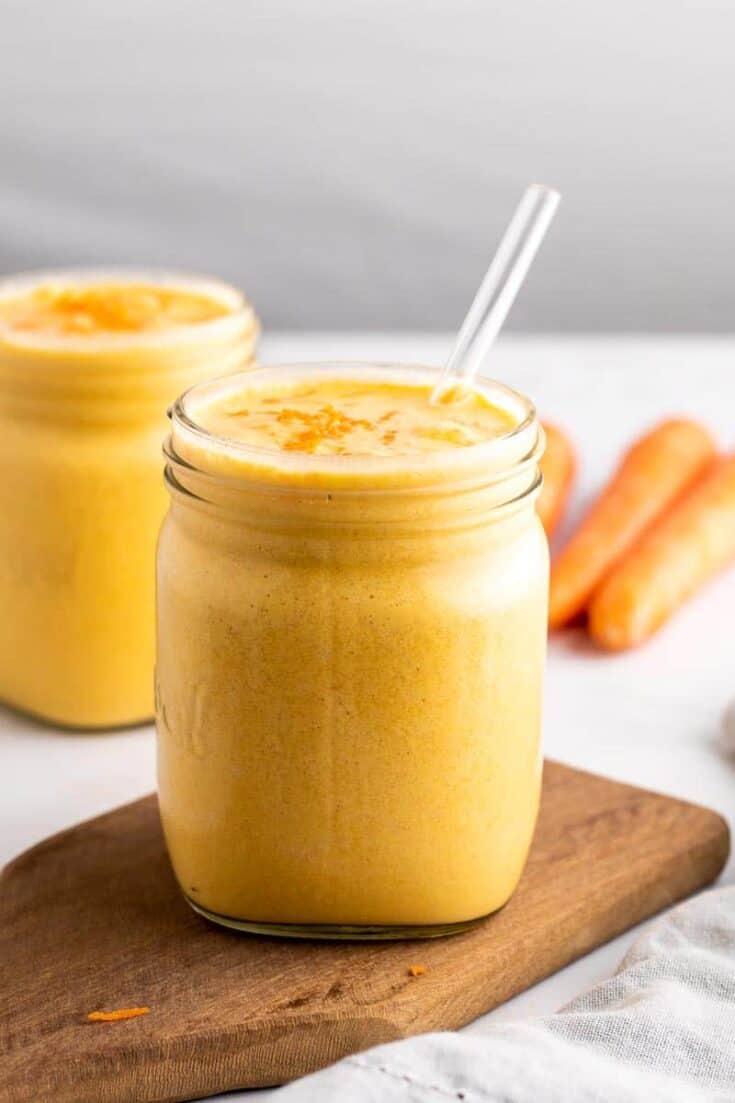
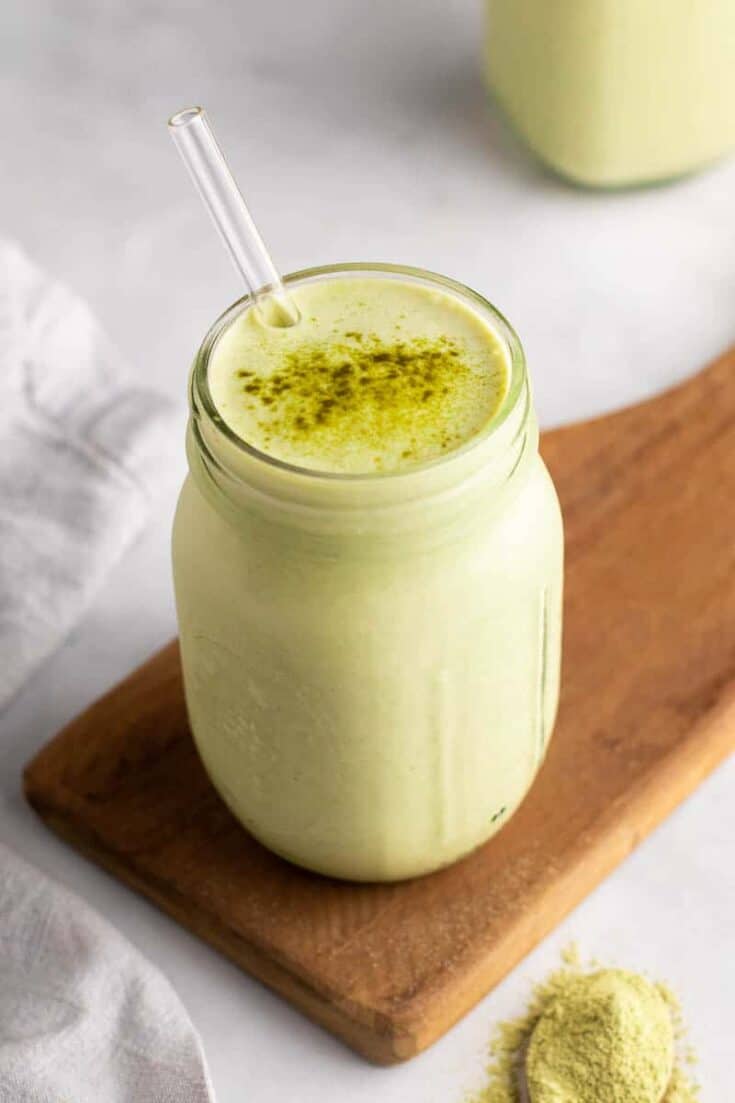
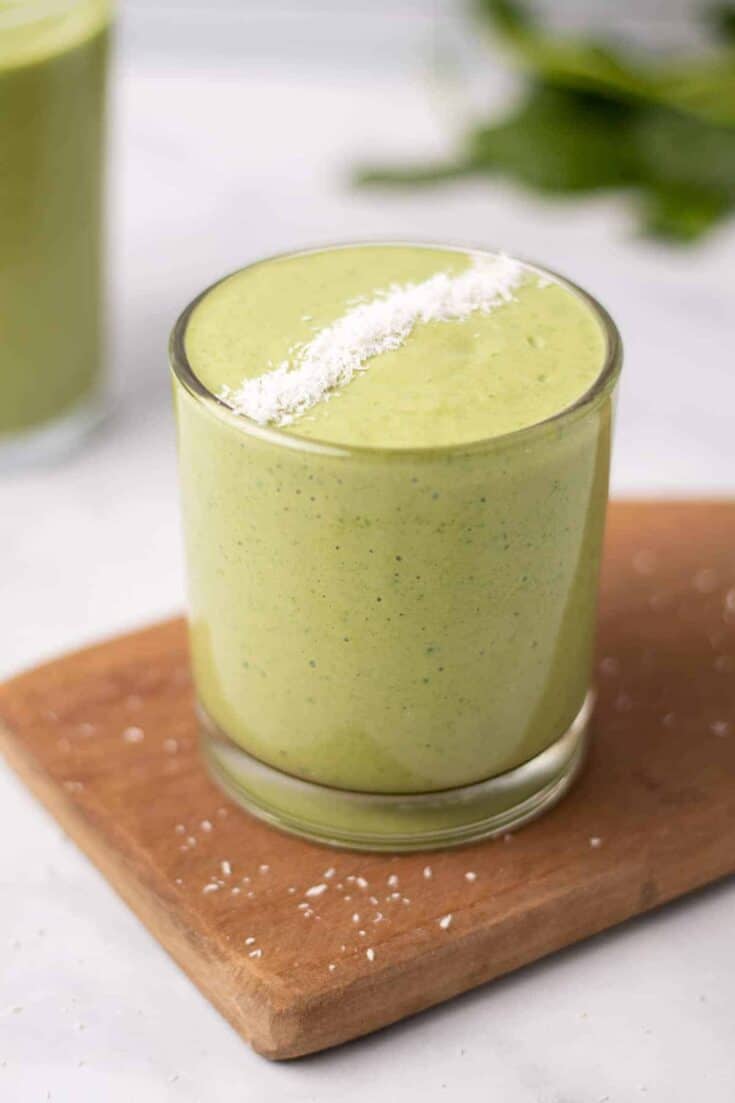
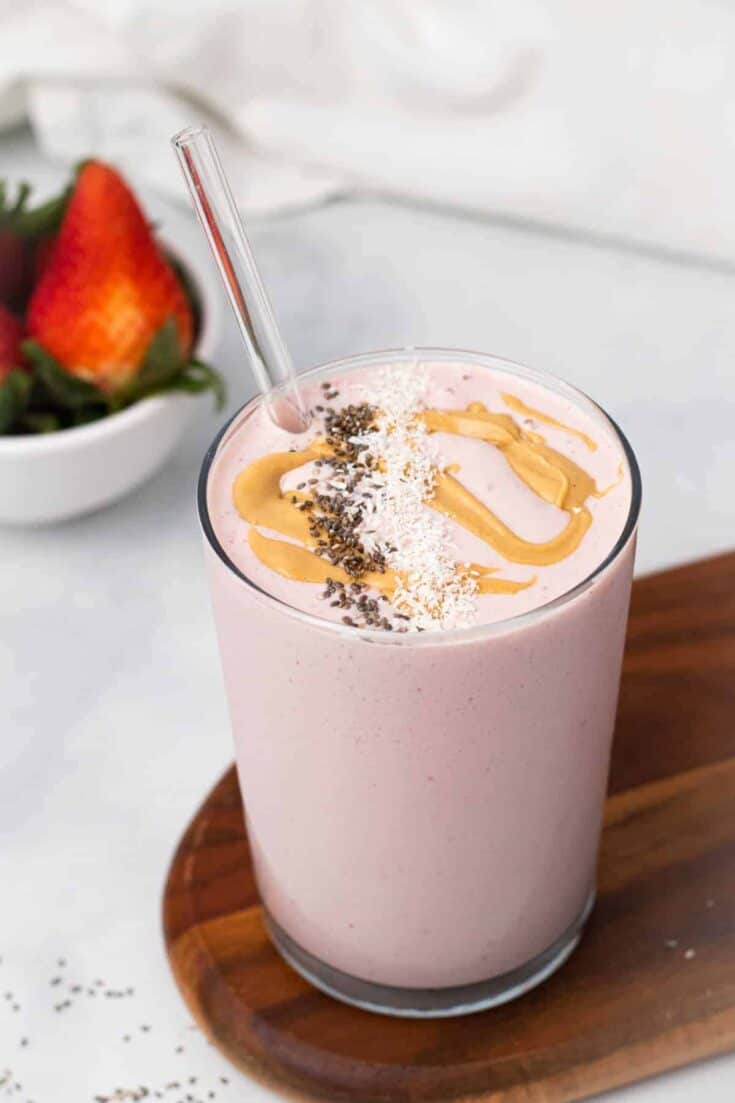
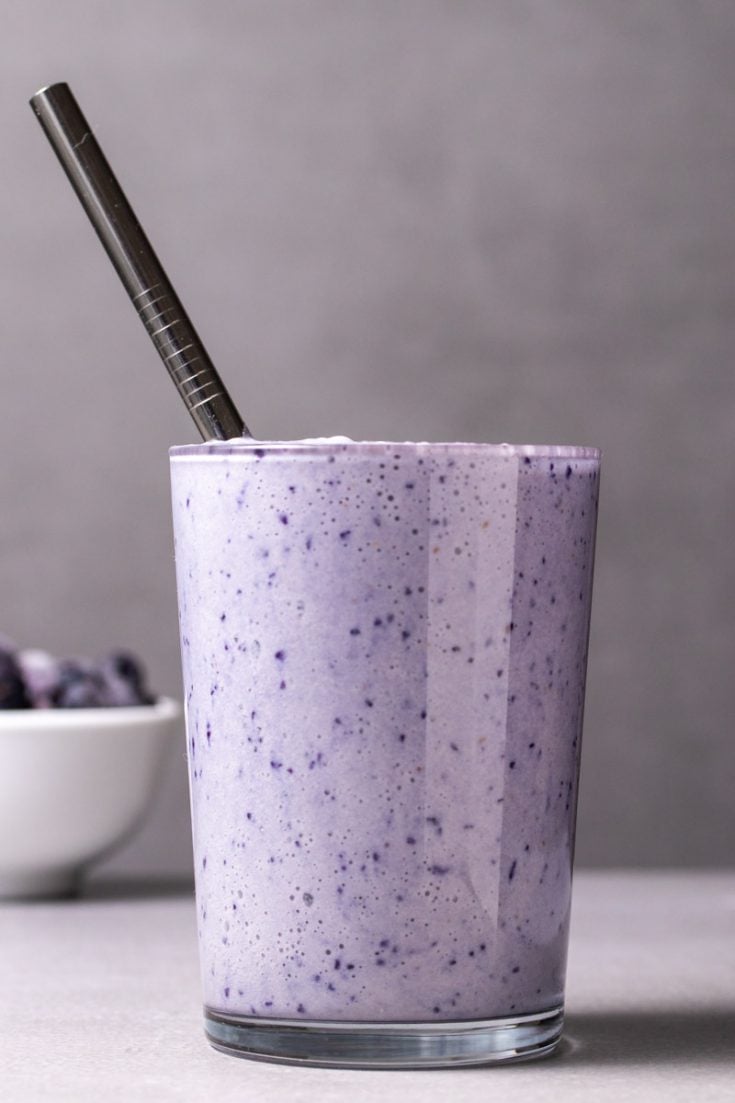
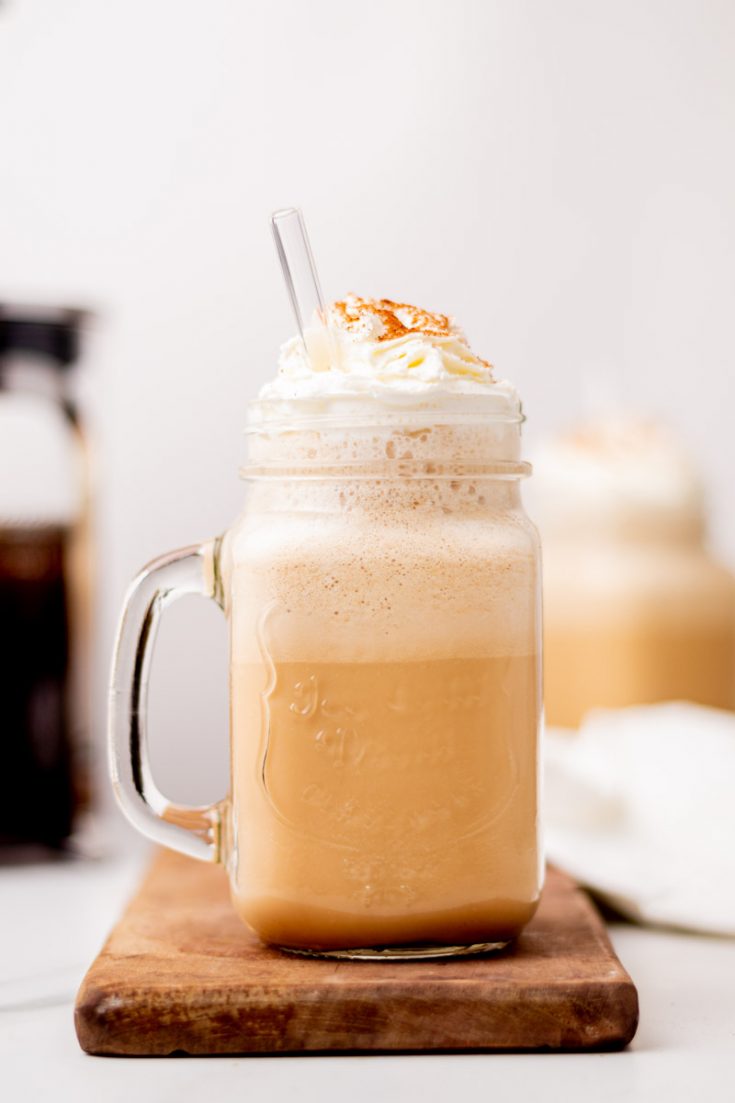
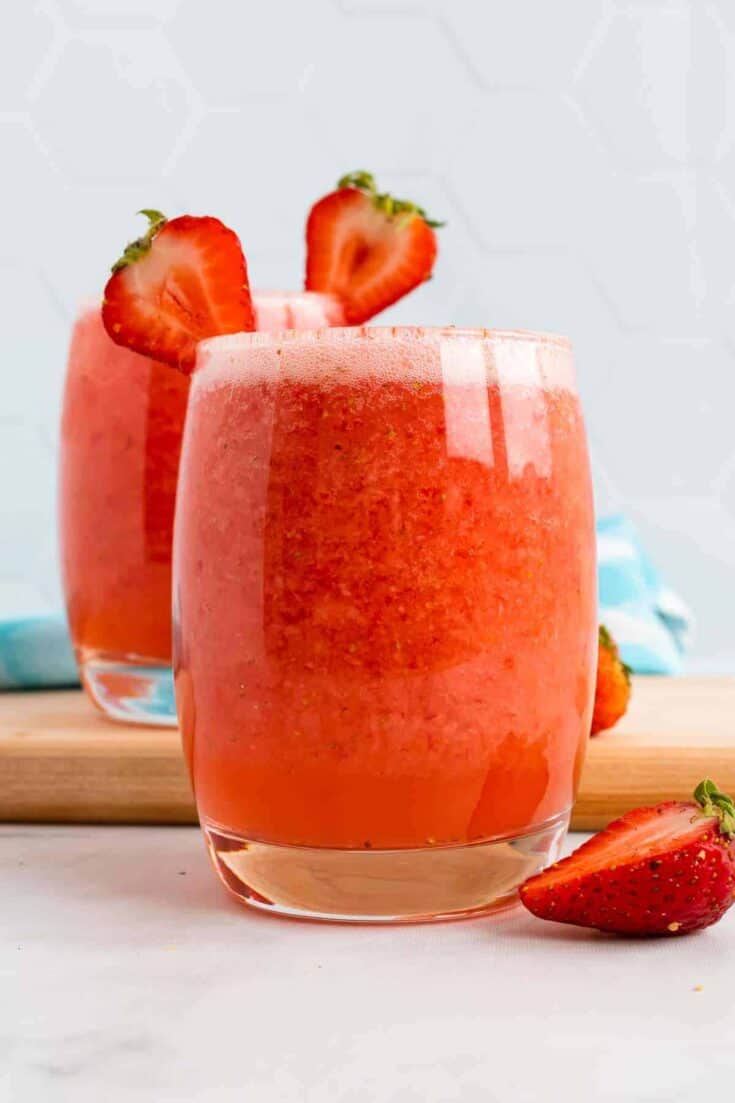
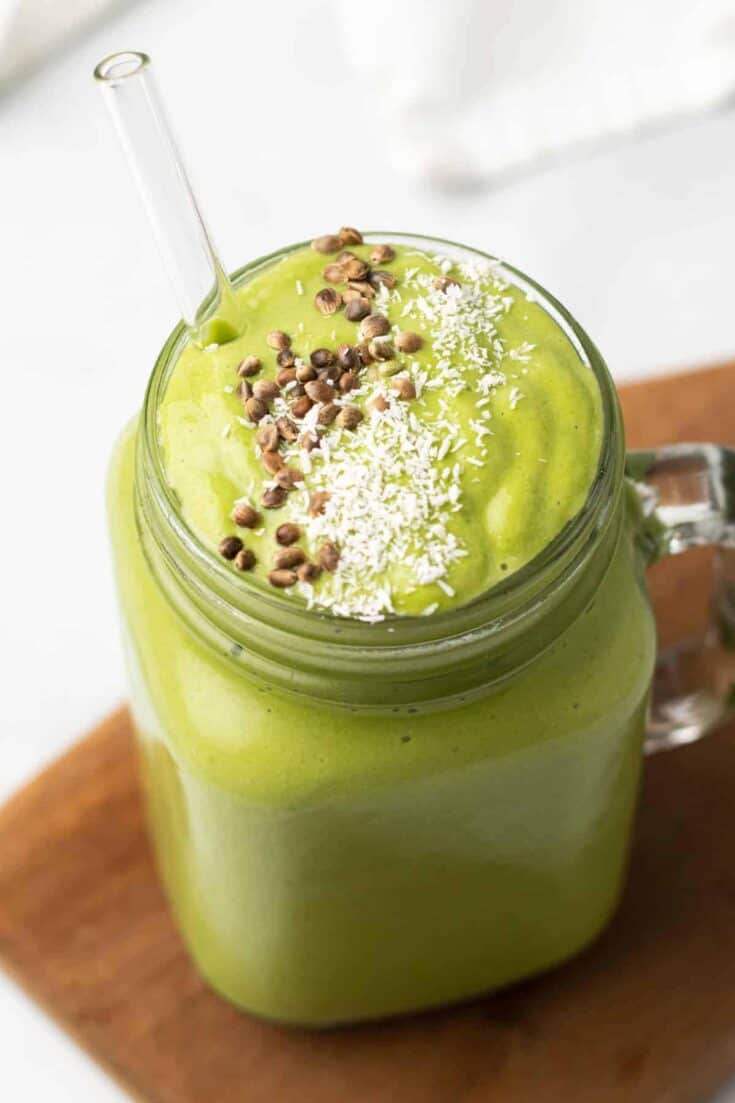
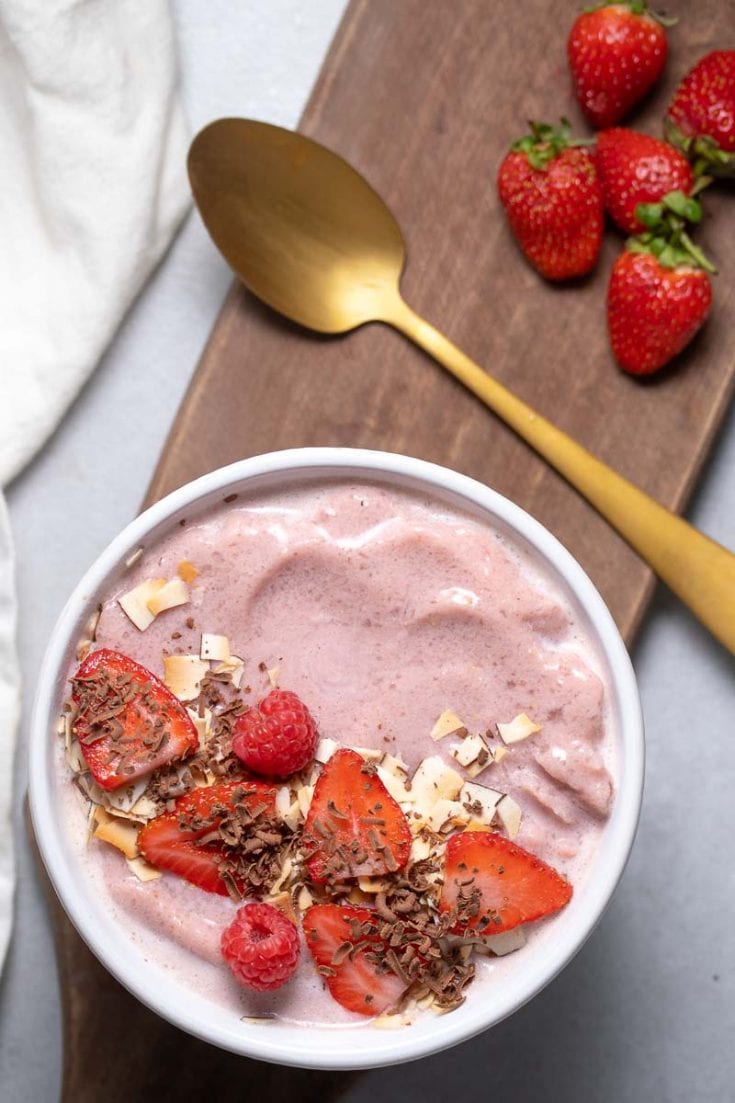
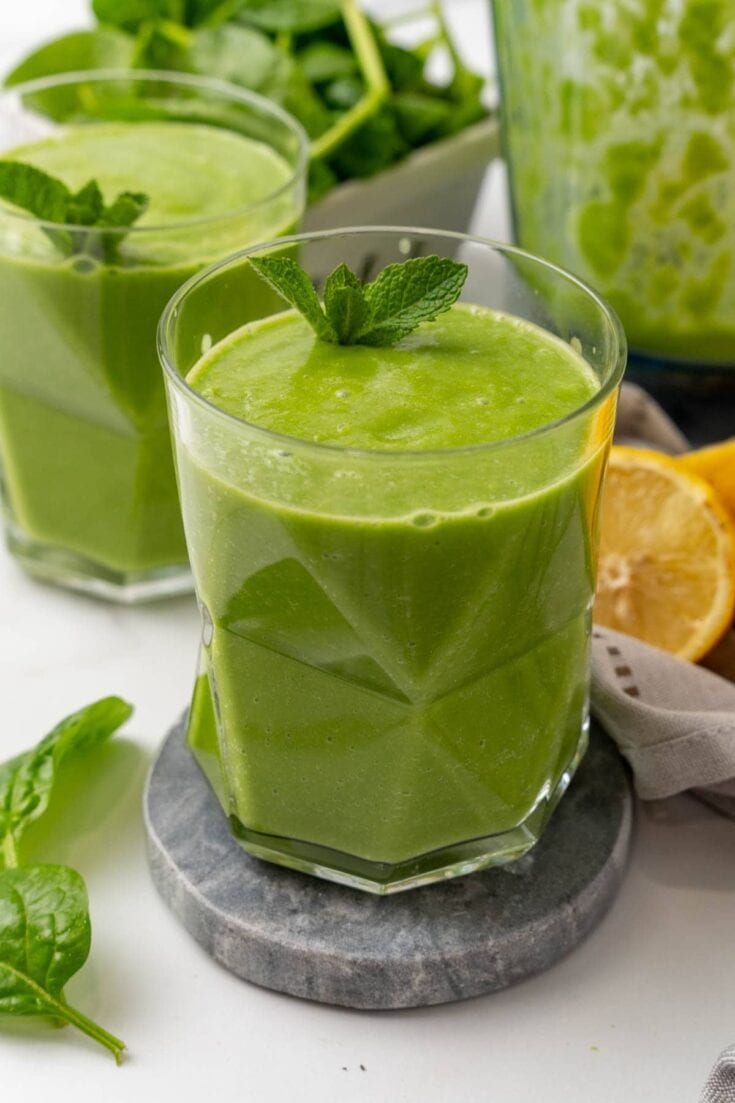

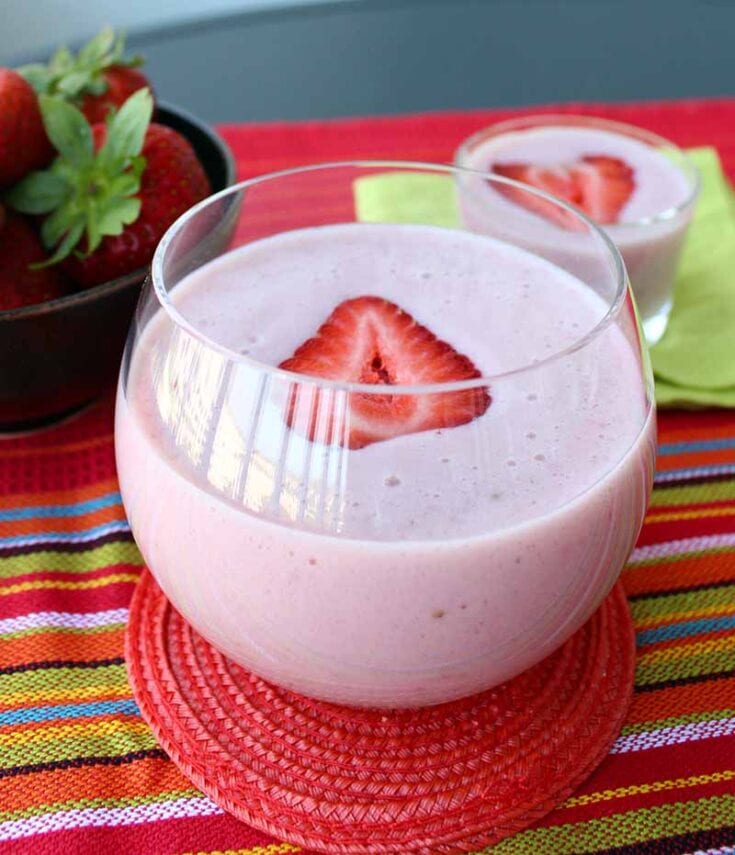





Joan Bullock
The information is very helpful, as I have spikes in the evening. I wish it was put in a format that could all be printed out as a “booklet.” Write a book with all that information. I have many books, but most are booring, so I miss half of the information.
Phyllis Welch
How can I get the amount of sugar in these smoothie recipes?
Christel Oerum
Click on the recipe and scroll down to the “Nutrition Facts”. Here you can see all the macronutrients including the sugar content
Uttam Simepuruskar
The chocolate avocado ruspberry smoothie looks interesting. I usually prepare the avocado smoothie once in a while. This should taste even better.